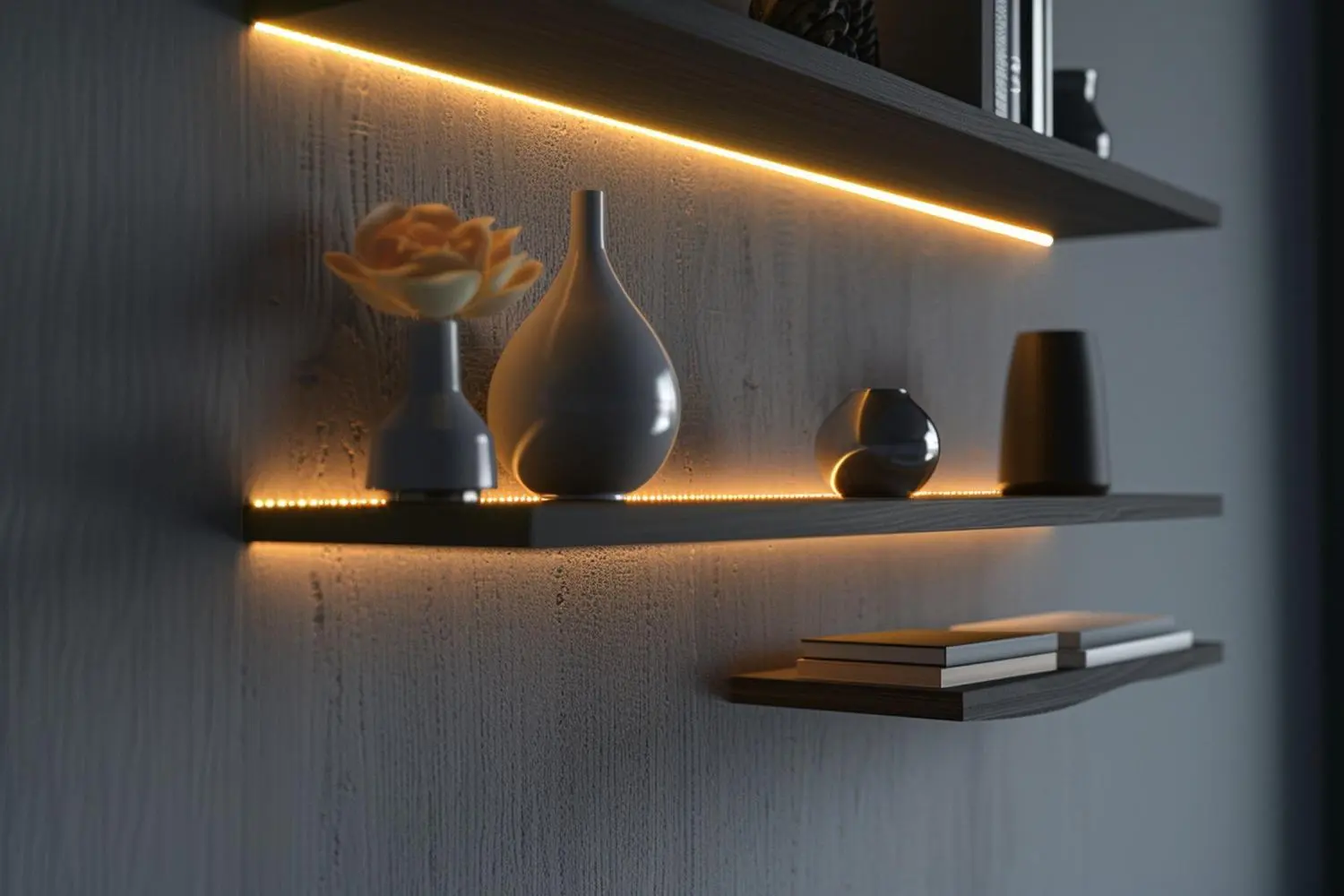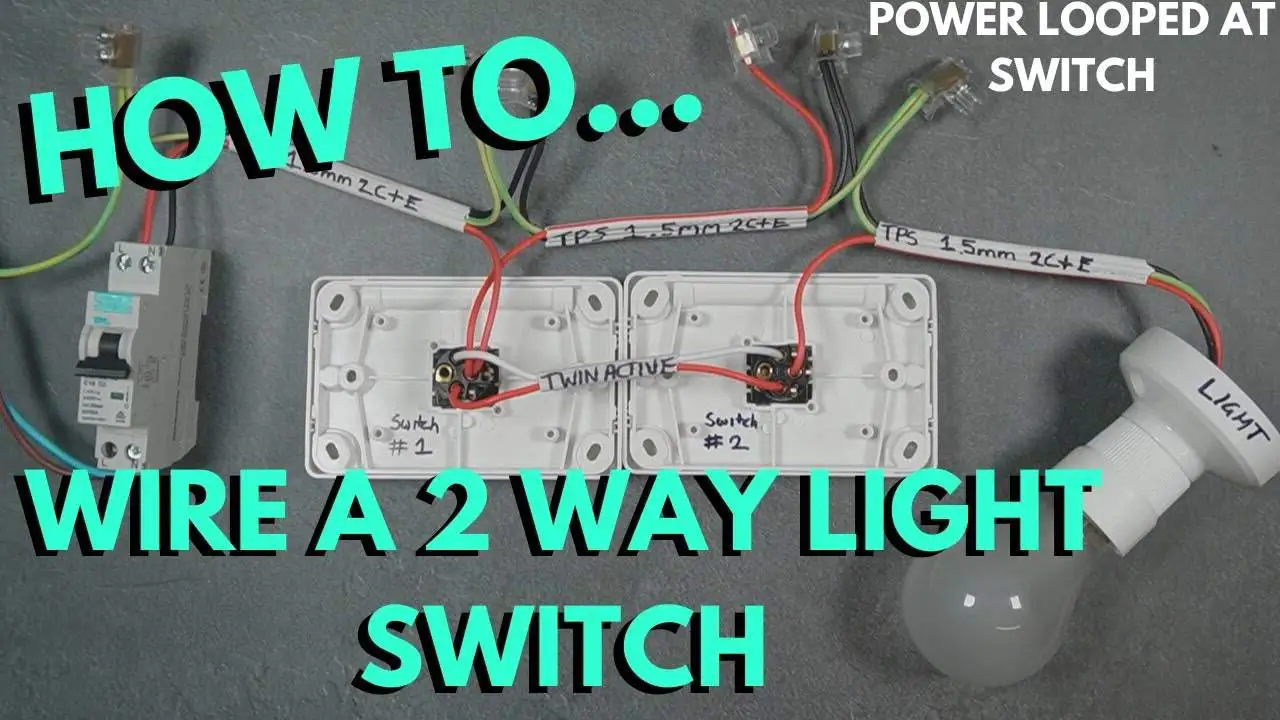
The Ultimate Guide to Built-In Shelf Lighting
Explore guide to built-in shelf lighting. Learn about LED strips, puck lights, recessed lights, tape lights, and their installation tips for perfect ambiance.
Aujourd’hui, nous disposons de différentes installations électriques dans nos maisons et nos bureaux. Ces installations nous aident dans notre vie quotidienne et nous rendent productifs. La technologie rend ces appareils électriques importants pour tous les ménages et organisations.
Au milieu de toutes ces installations, nous avons boîtes de jonction. Ceux-ci sont cruciaux pour des connexions électriques sûres et stables dans nos maisons et nos bureaux. Ils protègent le câblage des dommages causés par la chaleur, des courts-circuits et des fuites de courant électrique.
Dans cet article, nous discuterons en profondeur de l’importance des boîtes de jonction afin que vous puissiez en apprendre davantage à leur sujet. Vous aurez peut-être bientôt besoin d’une boîte de jonction pour votre maison ! Commençons donc cet article et voyons ce que nous pouvons ajouter aux informations sur les boîtes de jonction.
Vorlane définit les boîtes de jonction comme des enceintes destinées à protéger et à sécuriser les connexions électriques. Ils conviennent également pour organiser de grandes boucles de fils dans un endroit. Une boîte de jonction combine également différents câbles en cas de besoin. La grande majorité des boîtes de jonction sont également souterraines pour rendre un lieu esthétiquement attrayant et organisé.
Une boîte de jonction est nécessaire pour protéger les connexions électriques des dommages environnementaux à long terme.
Il existe plusieurs types de boîtes de jonction. On retrouve plusieurs types de boîtes de jonction avec leurs propriétés et avantages. Pour cette raison, nous catégorisons ces boîtes de jonction en fonction de leurs caractéristiques et applications. Nous discuterons de chaque type dans la section suivante pour vous aider à repérer le type le mieux adapté à vos besoins.
Boîtes de jonction en plastique : Connues pour leur corps léger, ces boîtes de jonction sont omniprésentes dans différentes industries. Ils sont également très présents dans les zones résidentielles et commerciales, où nous les utilisons pour protéger le lieu et les connexions électriques des risques et des dommages.
Les boîtes de jonction en plastique sont non conductrices et ne laissent pas passer le courant éclectique. Cette fonctionnalité le rend très fiable pour les applications résidentielles et commerciales. En dehors de cela, ils sont résistants à la corrosion. Cela signifie que dans des environnements humides et humides, ils résistent facilement aux risques de corrosion.
Boîtes de jonction en métal : Le métal rend ces boîtes robustes et très durables. La résistance des métaux confère à ces boîtes de multiples fonctionnalités. Prenons par exemple le feu et les dommages mécaniques. Même les récipients en plastique ne peuvent pas supporter les dommages dans des circonstances aussi défavorables.
C'est pourquoi nous utilisons des boîtes de jonction métalliques dans les zones à haut risque de dommages environnementaux et électriques. Ils ne sont pas abordables, comme les boîtes de jonction en plastique ; cependant, ils sont plus prometteurs que ceux en plastique en termes de résistance garantie à la corrosion.
La taille d'une boîte de jonction varie en fonction du nombre de connexions de câblage. Nous utilisons des boîtes de jonction de différentes tailles dans les zones résidentielles et commerciales. La forme des boîtes de jonction compte également en fonction du nombre de fils.
Nous proposons aujourd'hui des boîtes de jonction métalliques rectangulaires, carrées, octogonales et rondes. Chaque boîte de jonction est conforme à un système de câblage particulier. Nous décidons donc quel type s'avérera fiable en fonction de ce système. Il est essentiel de prendre en compte la taille et la forme d'une boîte de jonction, car elles peuvent créer des problèmes pour le système de câblage, le rendant plus vulnérable et plus risqué.
Comme vous le savez, les boîtes de jonction sont essentielles à la protection et à la gestion réussies des systèmes de câblage. Ceux-ci garantissent que le système de câblage est protégé des dommages environnementaux et que les personnes sont sauvées.
Par conséquent, nous devons prendre en compte certains facteurs essentiels concernant les boîtes de jonction. Nous vous expliquerons comment installer une boîte de jonction en toute sécurité sans recourir à une assistance professionnelle coûteuse.
La première étape consiste à monter la boîte. Vous détacherez les fils les uns des autres et tenterez de les desserrer pour les rentrer facilement dans la boîte. Assurez-vous d'équiper la boîte d'un ancrage afin qu'elle puisse rester fermement en place à long terme. Fixez le boîtier avec des vis pour le rendre plus stable, ce qui protégera le boîtier et le câblage qu'il maintient dans des circonstances défavorables.
Il est temps d'utiliser les pinces. Pour éviter que chaque câble ne s'emmêle, nous lui donnerons sa pince. Les serre-câbles sont fournis avec la plupart des boîtes de jonction, nous n'avons donc pas à payer de supplément.
Utilisez l'extrémité filetée des pinces en les faisant passer à travers un trou défonçable et en les introduisant à l'intérieur de la boîte. Les écrous de forme ronde doivent être serrés pour que les pinces puissent gérer avec succès les fils dans la boîte.
Maintenant, vous allez sécuriser les câbles en les combinant avec les pinces. Il devrait y avoir une marge considérable d'environ 1/4 de pouce entre la boîte et la pince.
Les fils conducteurs individuels iraient bien à une distance de 6 pouces de la boîte. Vous pouvez également couper les fils pour créer plus d'espace dans la boîte et les garder organisés à long terme. La fixation des câbles s'effectue en serrant les vis.
Cependant, vous n'avez pas besoin de les serrer excessivement, car cela pourrait les compromettre, les rendant vulnérables aux fuites de courant et aux courts-circuits. Utilisez plutôt les languettes à ressort des boîtes de jonction pour le serrage des câbles. Cela évite le besoin de serrage manuel, qui peut être risqué s'il est excessif.
Lorsque vous joignez les fils, vous devez respecter les directives du fabricant. Il serait préférable que vous disposiez également de connecteurs à cet effet. Nous devons toujours joindre des fils verts isolés en cuivre. Si vous utilisez une boîte métallique, utilisez une queue de cochon de 6 pouces.
Vous pouvez également utiliser un fil de terre de 6 pouces pour mettre les fils à la terre. L'extrémité libre du fil va avec la queue de cochon, puis vous visserez la boîte. Nous utilisons des connecteurs de fils verts spéciaux pour combiner les fils mis à la terre. Les fils neutres blancs sont combinés avec des fils chauds noirs à l'aide d'un connecteur de fil. Vous pouvez également combiner des fils chauffés au rouge avec ces fils si nécessaire.
La dernière étape consiste à plier les fils afin qu'ils ne sortent pas de la boîte après un certain temps. Cela s'effectue avec douceur et précaution afin que les câbles ne soient pas compromis. Nous utilisons généralement seulement deux vis à cet effet. Maintenant, démarrez l’alimentation du circuit en réglant le disjoncteur.
Boîtes de jonction sont polyvalents dans leurs applications. Cela signifie que nous ne les utilisons pas uniquement pour la protection et la gestion des câbles. Vous devez également connaître leurs nombreuses autres utilisations.
Nous avons besoin de boîtes de jonction pour le plafond et fixations murales. Ces boîtes sont sûres à utiliser et garantissent une utilisation sans risque fonctionnement des luminaires. Ils s'adaptent également au poids du luminaire. Les lustres et les suspensions utilisent des boîtes de jonction dans le même but. En utilisant ces boitiers, nous garantissons une meilleure stabilité de connexion.
LED sont dans le monde entier ; par conséquent, nous avons besoin de boîtes de jonction pour améliorer les performances et l’efficacité. Ces boîtes de jonction contiennent des pilotes et des transformateurs qui prennent en charge Installations LED. Ceci est pratique lorsque l'on envisage de rénover des lieux commerciaux et résidentiels où le système électrique n'est généralement pas conforme aux LED. Nous avons donc besoin de boîtes de jonction pour réduire ces complications.
Les boîtes de jonction sont très fiables pour une utilisation en extérieur. Ils sont résistants à l’eau, donc les intempéries ne les endommagent pas. Nous avons besoin de boîtes de jonction pour les lampes de jardin, luminaires extérieurset éclairage de sécurité. Ces boîtes de jonction restent efficaces et fiables quelles que soient les fluctuations météorologiques comme les fortes pluies et les températures chaudes.
Nous utilisons également des boîtes de jonction pour l'esthétique. Par exemple, pour l’éclairage des paysages et des allées, nous utilisons des boîtes de jonction souterraines pour renforcer l’attrait d’un tel éclairage. Ces boîtiers gèrent les câbles souterrains et n'apparaissent jamais, ce qui les rend très fiables pour les centres de villégiature et les hôtels.
Dans architecture, nous utilisons des boîtes de jonction pour éclairage sur rail et accent. Ces éclairages les sécurisent et les rendent efficaces dans ce secteur. En outre, ceux-ci améliorent également la gestion du câblage, ce qui ajoute à la facilité de cette industrie à un niveau beaucoup plus profond.
Nous comptons sur des boîtes de jonction même pour nos systèmes d'éclairage intelligents. Cela montre que ces boîtes de jonction sont également conformes à la technologie avancée. Nous pouvons facilement installer des systèmes d’éclairage intelligents à l’aide de ces boîtiers. De plus, des contrôleurs et des hubs sont nécessaires pour les faire fonctionner dans ce cas. Ces composants sont connectés au réseau électrique de l'espace, tandis que la boîte de jonction est le point de rencontre de toutes les connexions électriques. C’est ainsi que le système est stable et sans risque.
Les boîtes de jonction constituent un atout considérable pour la gestion et la sécurité des systèmes de câblage en raison de leur polyvalence et de leur polyvalence. Ce guide vous aidera à obtenir la meilleure boîte de jonction possible sans aucune difficulté lorsque vous en aurez besoin.
Suivez les instructions et vous trouverez bientôt une boîte de jonction fiable ! Ou Contactez-nous chez Vorlane pour les experts et professionnels du luminaire et des installations.

Explore guide to built-in shelf lighting. Learn about LED strips, puck lights, recessed lights, tape lights, and their installation tips for perfect ambiance.

Explore the Global LED Lighting Market Report 2024 for insights on trends, growth drivers, and key players in the industry, including product segment and geographic

Learn how to wire a 2-way light switch effectively. This guide covers essential tools, step-by-step instructions, and safety measures for an installation.



 | Ce rapport de recherche sur l’industrie des LED vaut 10 000 dollars !Vous souhaitez obtenir des données industrielles fiables pour soutenir votre planification commerciale LED ? Dans ce rapport, vous :
*Envoyez votre e-mail pour télécharger ce fichier. Vos informations personnelles ne seront partagées avec aucune personne ou organisation tierce. |
WhatsApp nous
*Nous respectons votre confidentialité et toutes les informations sont protégées.